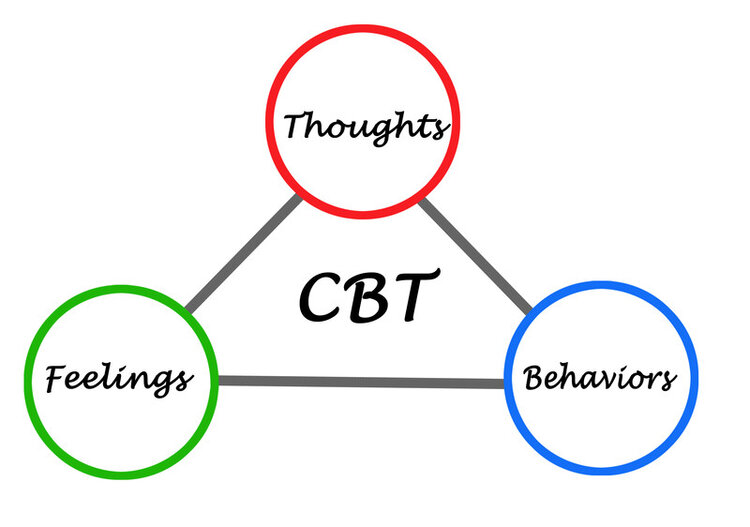What is CBT?
CBT stands for Cognitive Behavioral Therapy, and for us to better appreciate what that means exactly, we are to look at each of the three words that make up the name.
Cognition: Cognition is the name given to the group of mental processes or is otherwise sometimes called cognitive functions. These mental processes or cognitive functions include and are not limited to thinking, reasoning, focusing our attention, perceiving, memorizing, and imagining. They also include one’s attitude and one’s beliefs. Cognition, therefore, represents the sum of the different types of brain or mental functions, as we know them.
While this series of mental processes or cognitive functions may sound familiar, their actual meaning with full understanding and clarity cannot be taken for granted. This is partly because the way these different cognitive functions are used often differs from person to person. For example, the layperson, sales guru, psychotherapist, and scientist, may use the same category of cognitive functions in very different ways.
We will, therefore, dedicate the next several articles in this series to define many of these functions or processes. But for now, let us proceed with defining the other two components in CBT:
Behavior: When asked, many people may define behavior as they were defining action. Behavior and action, however, are not the same. And the distinction is extremely significant for anyone working with individuals who want to change their behavior.
 Behavior is how someone acts, while action is the doing of something. I do something and I may do that thing in different ways. My doing of something is the action, while the doing of it in different ways is my behavior. For example, speaking with someone is an action, which I can go about doing in several different ways. I can speak loudly, or with my head down, or while frowning, or while pointing my fingers at the other person, among other ways. These are examples of how I might perform my action of speaking.
Behavior is how someone acts, while action is the doing of something. I do something and I may do that thing in different ways. My doing of something is the action, while the doing of it in different ways is my behavior. For example, speaking with someone is an action, which I can go about doing in several different ways. I can speak loudly, or with my head down, or while frowning, or while pointing my fingers at the other person, among other ways. These are examples of how I might perform my action of speaking.
Let us now proceed with the last part in CBT, Therapy.
The word “therapy,” means “treatment.” A treatment is intended to heal or cure.
Now, etymologically, the word, “therapy,” comes from the Greek word, “therapeuein,” which means, “minister to,” “treat,” and “heal.”
CBT or Cognitive Behavioral Therapy, therefore, might be defined, just from looking at each word and putting them together, as, “A form of treatment intended to heal, that is based on a series of cognitive and behavioral approaches.”
The above definition is more significant than it may sound. For example, it implies that CBT does not focus on just  one approach but a series of approaches. An important distinction, however, is that all these cognitive and behavioral approaches emanate from the same principles of the brain, the same formula of cognitive neuroscience, and the same methods responsible for the success of the application of this treatment modality.
one approach but a series of approaches. An important distinction, however, is that all these cognitive and behavioral approaches emanate from the same principles of the brain, the same formula of cognitive neuroscience, and the same methods responsible for the success of the application of this treatment modality.
The above assertion has two implications. It explains why CBT is so effective when implemented properly. It also explains why being trained while, at the same time, learning how to apply a series of approaches, along with the secret and soft skills, may be one of the most valuable things for all clinicians.
SWEET Institute is dedicated to breaking down and making CBT accessible, and applicable, to all clinicians and their work. SWEET Institute is dedicated to making sure that all clinicians learn how to adequately and efficiently implement CBT for the benefit of all patients and clients throughout the United States and around the world.
Thank you for joining SWEET on this. Congratulations. And we look forward to continuing to make a difference, together!
Until soon,
Karen and Mardoche









